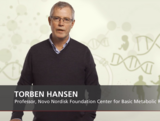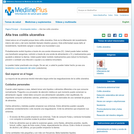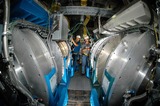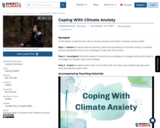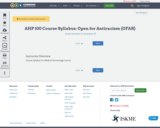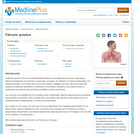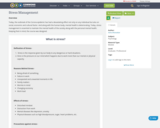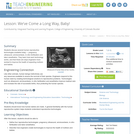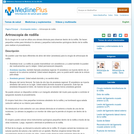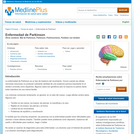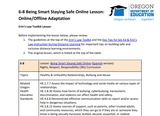SYNOPSIS: In this lesson, students learn about climate anxiety and create a climate anxiety toolkit.
SCIENTIST NOTES: The lesson provides deep thoughts for students to understand and proffer strategies to overcome climate anxiety and chronic fear of environmental doom. This lesson is imperative as it will help students and young people to cope with emotional distress, inequities, depression, and marginalization they often face when engaging in climate action. It is also a source of inspiration to share their climate stories and to take opportunities to save the planet for the future. All materials, videos, and images are well-sourced, and this lesson is recommended for classroom use.
POSITIVES:
-Students are able to practice emotional regulation and identify specific coping strategies that work for them.
-Students have a choice in which strategy to research and can use creativity in creating their mini-poster.
ADDITIONAL PREREQUISITES:
-This lesson focuses on coping strategies; however, this is not an indication that coping with climate anxiety is a solution to the root causes of the climate crisis.
-There may be students who feel little or no climate anxiety. Teachers should remind students that these strategies help process many different emotions like sadness, anger, frustration, etc. Also, these strategies can be used to process feelings from any situation or cause such as academics, family, relationships, friendships, body image, etc.
-There may be students in the class who are suffering from more severe anxiety or depression. Teachers should look out for students who may be displaying concerning behavior and need outside support. Teachers should be prepared to direct students toward school or community resources and contact relevant parties about their concerns.
-Students should be familiar with finding credible sources and completing short research assignments.
-Students should already have an understanding of climate change and the risks to the future of the planet. If necessary, this video can be used as a primer.
-Students will need access to a computer.
DIFFERENTIATION:
-Teachers who have additional time to devote to this topic can show this twenty-minute video that deeply explores climate anxiety and navigating our complex emotional landscape. Teachers could show the video at the beginning of the lesson to introduce the concept of climate anxiety, or it could be used later in the lesson for a class discussion.
-Students can work with a partner or small group instead of individually in the Investigate section of the lesson.
-Students can make digital mini-posters on a Google Document or a single Google Slide, or they can make them by hand if the materials are available.
-If time and weather permit, teachers can take students outside for the end of the Investigate section to practice their strategies. This would allow more space for strategies like yoga and spending time in nature.
-Teachers can display student posters in a classroom or hallways as a physical reminder of their climate anxiety toolkit strategies.
-The lesson can be completed over two or three class periods instead of one. For two classes, students can end the first class with strategy research work time and begin the second class with additional work time as needed. For three classes, the Inquire, Investigate, and Inspire sections of the lesson can be completed on three separate days.
